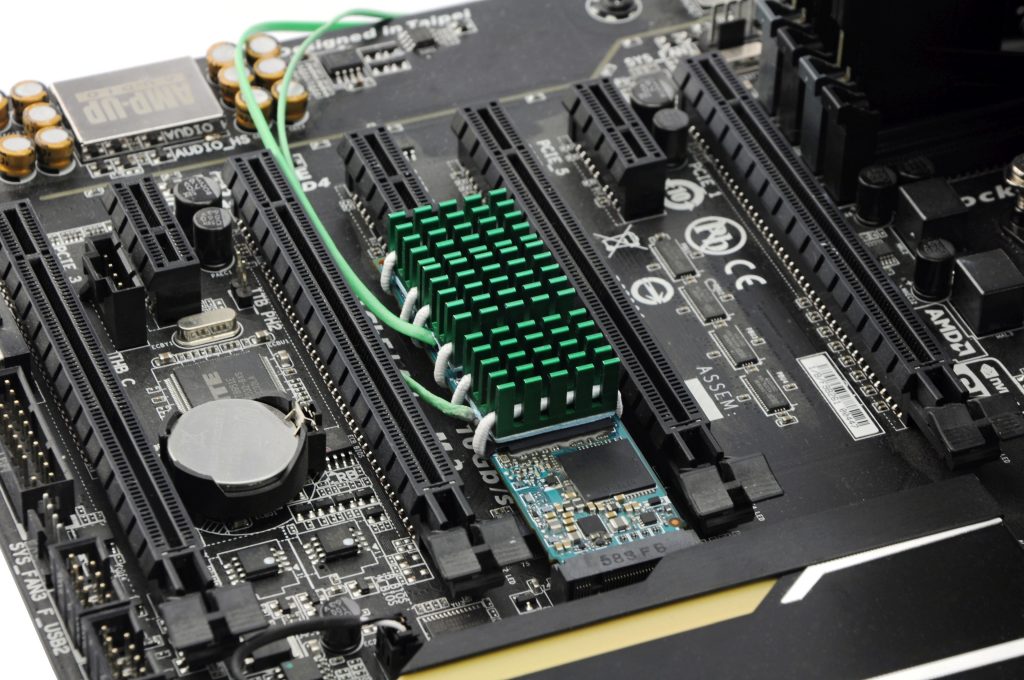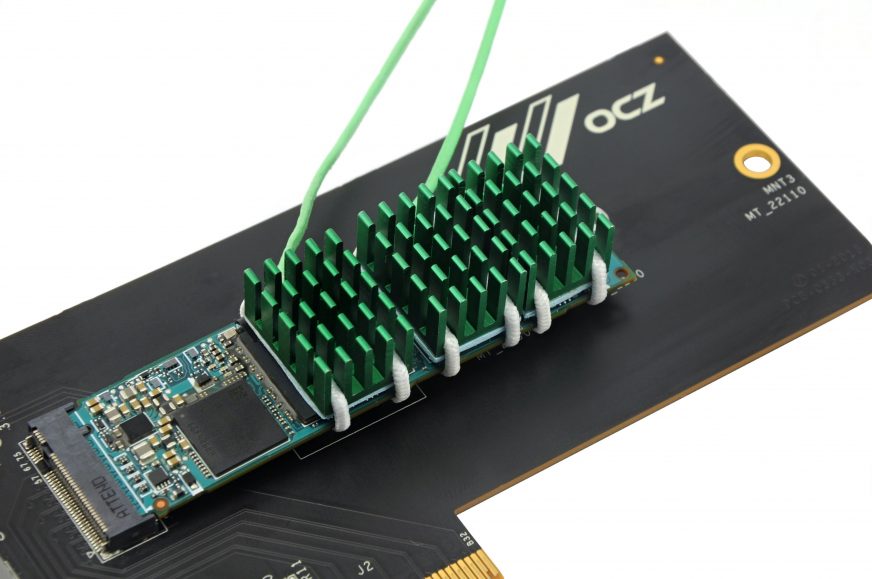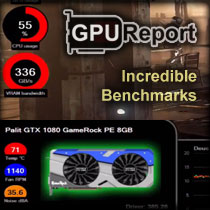Conclusion
After the review of SSD coolers, we found some long-forgotten GPU memory heatsinks. Of course, we tested them right away and the results were excellent. It makes us wonder if (and when) is it worth to pay for commercial solutions, because a set of these small “hedgehogs“ costs up to five euros and one packing is usually enough for more uses.
Conclusion
Using separate heatsinks for SSD cooling definitely makes sense (approx. -20 °C). Sure, it also has some drawbacks. For example, the use of reasonably high heatsinks is a bit problematic in M.2 slot under a graphics card. AMD users are slightly at a disadvantage because they have only one SSD slot available, which is often just under the first PCIe × 16. It is a bit more cheerful with an Intel motherboard that has two slots. However, you can always install your SSD to a perpendicular adapter.

The excellent EKWB EK-M.2 still keeps a decent distance (57 vs. 69 °C on the controller) and it cools the memory more efficiently, but if you also consider price, “hedgehogs“ are not that irrational choice. Alphacool HDX M.2 represents a bummer for memory cooling (4 °C worse), but it is still better on the controller casing (again 4 °C). Separate cooling of chips does have its benefits (especially for memory), although you cannot expect 3.5g of aluminum to break records.
If you would like to give us a tip for a review, feel free to do so in the comment section.
We will be grateful for any feedback!
- Contents
- Details
- Test procedures
- Results: cooling the controller and memory
- Heatsink temperatures
- Thermal images
- Conclusion











